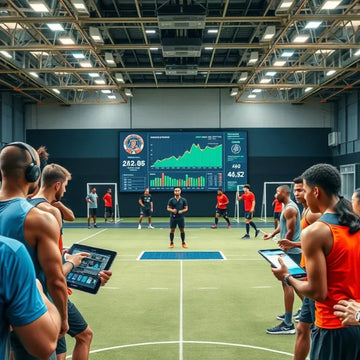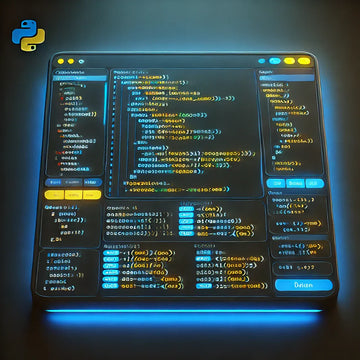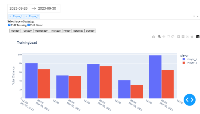Data are the foundation of tactical insights and performance evaluation in modern football. But turning the complicated data into the match report can be difficult and time-consuming.
Natural language generation (NLG) and Python can assist with this. When combined, they enable analysts to automatically produce dynamic match summaries that include different codes for the communications.
Knowing How Natural Language Generation (NLG) Works
Natural language generation (NLG) is an area of artificial intelligence that transforms structured data into text that is readable by humans. NLG can convert many statistics, such as shots, possession, and xG, into understandable and captivating stories in football and analytics.
For example: Rather than displaying “Team A: 68% possession, 10 shots, and 2 goals” as a raw dataset.
In contrast to manually creating reports, this enables clubs, media outlets, and analysts to scale content development and devote more time to analyzing insights.
Why Create Automated Match Reports Using Python?
Python is the preferred language for sports data analysts and automation because of the following reasons:
▪ Rich ecosystem: Processing and visualization of football data are made simple by libraries such as Matplotlib, NumPy, and Pandas.
▪ Text generation tools: Numeric data can be transformed into sentences using these packages.
▪ Automation capabilities: Python scripts can fetch data using APIs, generate summaries, and publish reports automatically.
In just a few minutes, analysts can use these technologies to build systems that retrieve real-time data from providers (such as Opta or Statsbomb), write match summaries, and publish them on website dashboards.
How Automatic Reporting Operates Step-By-Step
This is a straightforward procedure for utilizing Python and NLG to generate the automated match reports.
1. Gather the Information
To collect match statistics, football data APIs or datasets are used.
For instance: import requests data = requests.get("https://api.football-data.org/v4/matches"). json();
2. Compile The Data
Utilize Pandas to calculate, compute, and aggregate the important metrics such as.
▪ Percentage of possession:
▪ Short precision.
▪ Anticipated objectives (xG).
▪ Crucial tackles and passes.
3. Create Some Insights
Establish templates or conversations that translate metrics into facts.
Example (simplified): if teamA_goals > teamB_goals result = f"{teamA} secured a {teamA_goals}-{teamB_goals} victory over {teamB}.;
4. Use AI APIs or NLG libraries to improve
For the writing, more complex and human-like
-
It uses rule-based language generation.
-
Use Hugging Face transformers or OpenAI APIs to incorporate creative tales.
5. Automate the Pipeline
Use the Python schedule features or the cron jobs to plan the entire process, which enables
▪ To create summaries every day or after each match.
▪ Real-time dashboards or website updates.
Real-World Applications
Automated match reporting changes how businesses manage data and communication, not only being a technical innovation.
▪ Media Outlets: Post regular post-match summaries as soon as possible.
▪ Football teams: Coaches should be provided with succinct, information-based beliefs.
▪ Platforms for Fantasy Football: Generation of player-specific data.
▪ Tools for the Fan Engagement: Use apps or newsletters to send customized summaries.
Advantages of Match Report Automation
There are several benefits to using Python and NLG to automate reports.
▪ Time efficiency: Reports can be generated in a few seconds.
▪ Consistency: Guarantees a consistent tone and removes human bias.
▪ Scalability: Covers several teams or leagues simultaneously.
▪ Accessibility: Transforming intricate analytics into undesirable insights.
▪ Customization: Use terminologies appropriate for internal personnel, analysts, and fans.
Final Thoughts
Human analyses are empowered by automation and not replaced. Python automates the repetitive process of turning the raw statistics into the meaningful narratives, allowing the analysts to focus on identifying the deeper patterns, tactical insights, and strategic preparation for the upcoming matches.
As football analytics continues to evolve, automated NLG reporting will become an essential part of every data-driven organization’s toolkit, turning numbers into narratives and making the beautiful game even more intelligent.




